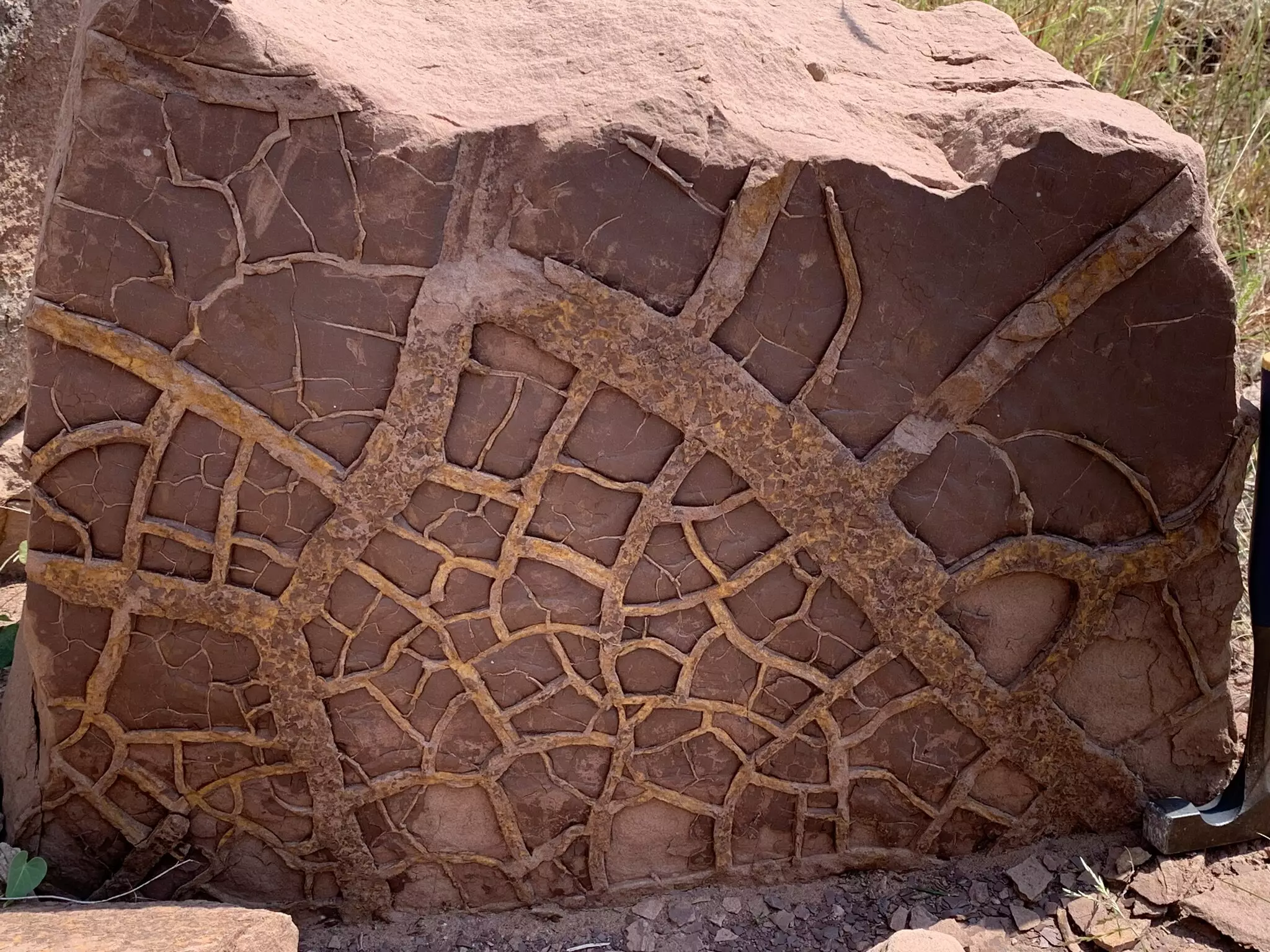The Permian-Triassic extinction, occurring approximately 252 million years ago, stands as the most catastrophic event in Earth’s history, wiping out around 90% of marine species and an estimated 70% of terrestrial animals. Recent research sheds light on the multifaceted causes behind this mass extinction, focusing particularly on the impact of significant ocean warming events, termed “Mega El Niños.” This article delves into the primary findings of the study, aiming to offer insights into the complexities behind climate change’s role in historical extinction events.
Historically, scientists have linked the Permian-Triassic extinction primarily to colossal volcanic eruptions in present-day Siberia. The eruption of these volcanoes released vast quantities of carbon dioxide into the atmosphere, dramatically enhancing the greenhouse effect and leading to significant global warming. However, the study, co-led by researchers from the University of Bristol and China University of Geosciences (Wuhan), emphasizes that mere temperature increases were insufficient to explain the severe consequences for both marine and terrestrial life.
The research highlights that climate warming, while critical, was exacerbated by an increase in climate variability. As the study’s co-lead author, Dr. Alexander Farnsworth, noted, significant fluctuations in weather patterns, induced by rising greenhouse gas concentrations, made survival increasingly difficult for numerous organisms. This underscores a crucial reality: extreme and erratic environmental changes can pose serious challenges for any form of life to adapt or thrive.
According to the research, the extinction event was amplified by unusually prolonged and intense El Niño phenomena, which were not comparable to what we observe in modern times. These events disrupted temperature and rainfall patterns on a massive scale, resulting in a decade marked by extreme drought punctuated by flooding. The variability created through such persistent climatic anomalies proved catastrophic for species that could not migrate to more stable environments.
Dr. Farnsworth’s analysis, supported by innovative climate modeling, indicates that these Mega El Niños were instrumental in establishing unfavorable conditions that led to widespread ecosystem collapse. The sudden shifts in climate were relentless—too swift for most species to physically adapt. As Professor Yadong Sun stated, this stark change not only affected the seas but also severely impacted terrestrial ecosystems, leading to critical losses in plant life and insects, which are often deemed robust against environmental changes.
The research team utilized fossilized conodonts, tiny extinct organisms, to understand the temperature transitions during this time. Their findings reveal a troubling collapse of temperature gradients in low and mid-latitudes, indicating a global climate crisis characterized by extreme uniformity in heat distribution. The compounded effect of persistent high temperatures and drastic weather events left ecosystems in disarray, with neither land-based nor marine life successfully coping with the rapid environmental transitions.
The findings also address a fascinating aspect of this extinction: the disparity in timing between terrestrial and marine extinctions. While oceans initially buffered against overheating, the ensuing Mega El Niños created conditions that pushed land temperatures beyond thresholds that most flora and fauna could not withstand. Essentially, land ecosystems succumbed to crisis long before their aquatic counterparts, suggesting a profound disconnect in environmental thresholds across different habitats.
Understanding the dynamics of the Permian-Triassic extinction presents vital insights for modern science as we face anthropogenic climate change. The historical lesson underscores the dangers associated with climate variability alongside rising average temperatures. Current global ecosystems are similarly vulnerable to fluctuations in climate and temperature, as evidenced by escalating weather extremes and shifting wildlife patterns.
The extensive narrative built from this research serves as a reminder of the delicate balance within ecological systems and the profound impacts historical events have on the trajectory of life. While mass extinctions are rare, their occurrence serves as pivotal moments that reset evolutionary processes and pave the way for new biological hierarchies, such as the rise of dinosaurlike species following the Permian-Triassic crisis.
This exploration of the interplay between climate change, ecological upheaval, and mass extinction deepens our understanding of not only our planet’s past but also the complex challenges humanity faces in an ever-warming future. The reverberations of the Permian-Triassic extinction still shape life’s evolution today, emphasizing the importance of preserving biodiversity as we confront our own climatic crises.

